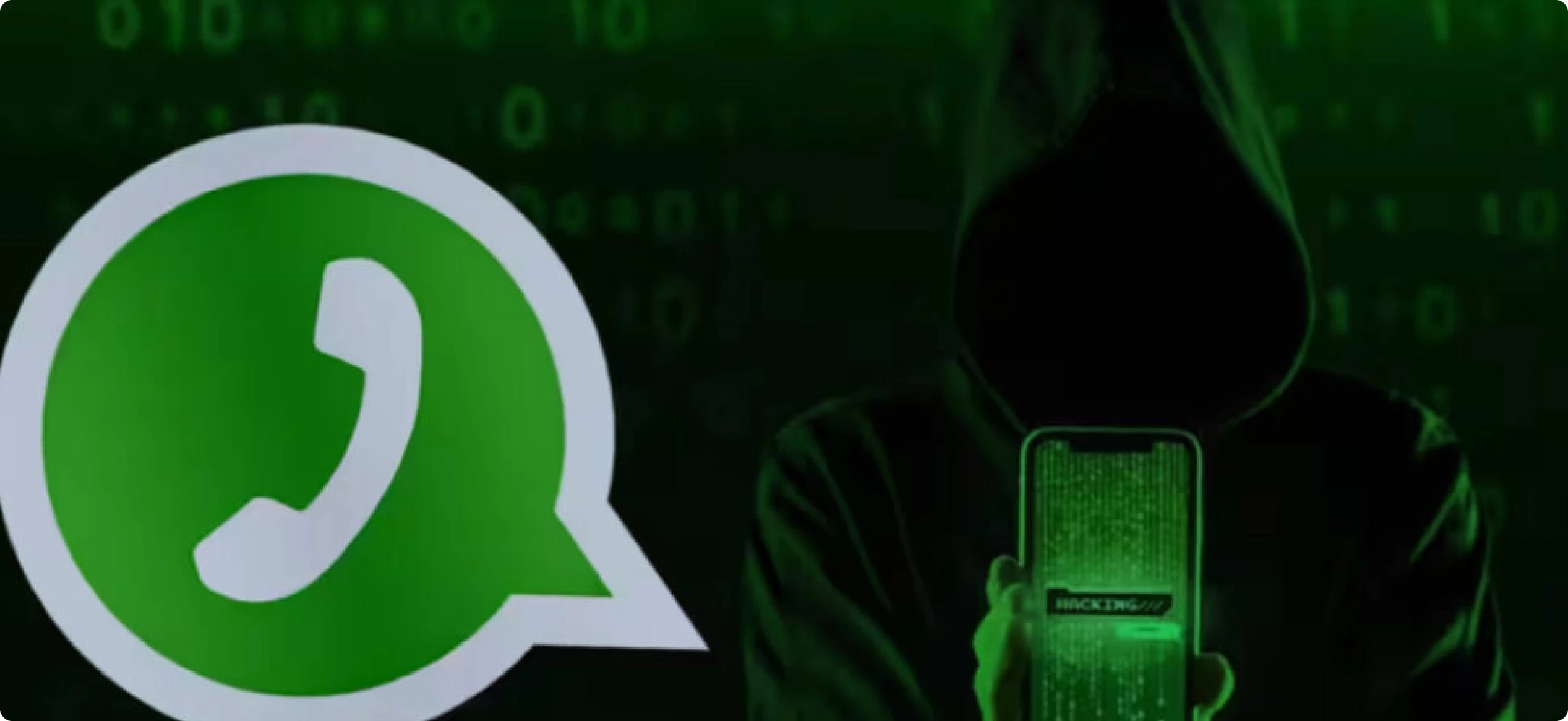The Government Crackdown on Digital Arrest
Introduction
The Government of India has initiated a cybercrime crackdown that has resulted in the blocking of 781,000 SIM cards and 208,469 IMEI (International Mobile Equipment Identity) numbers that are associated with digital fraud as of February 2025. This data was released as a written response by the Union Minister of State for Home Affairs, Bandi Sanjay Kumar, with respect to a query presented in the Lok Sabha. A significant jump from the 669,000 SIM cards blocked in the past year, efforts aimed at combating digital fraud are in full swing, considering the increasing cases. The Indian Cyber Crime Coordination Centre (I4C) is proactively blocking other platform accounts found suspicious, such as WhatsApp Accounts (83,668) and Skype IDs (3,962) on its part, aiding in eliminating identified threat actors.
Increasing Digital Fraud And The Current Combative Measures
According to the data tabled by the Ministry of Finance in the Rajya Sabha, the first 10 months of the Financial year 2024-2025 have recorded around 2.4 million incidents covering an amount of Rs. 4,245 crore involving cases of digital Financial Fraud cases. Apart from the evident financial loss, such incidents also take an emotional toll as people are targeted regardless of their background and age, leaving everyone equally vulnerable. To address this growing problem, various government departments have dedicated measures to combat and reduce such incidents. Some of the notable initiatives/steps are as follows:
- The Citizen Financial Cyber Fraud Reporting and Management System- This includes reporting Cybercrimes through the nationwide toll-free (1930) number and registration on the National Cyber Crime Reporting Portal. On being a victim of digital fraud, one can call the toll-free number, describing details of the incident, which would further help in the investigation. After reporting the incident, the complainant receives a generated login ID/acknowledgement number that they can use for further reference.
- International Incoming Spoofed Calls Prevention System- This is a mechanism developed to counter fraudulent calls that appear to originate from within India but are actually made from international locations. This system prevents the misuse of the Calling Line Identity (CLI), which is manipulated to deceive recipients in order to carry out financial crimes like digital arrests, among other things. Coordinating with the Department of Telecommunication (DoT), private telecommunication service providers (TSPs) are being encouraged to check with their ILD (International Long-Distance) network as a measure. Airtel has recently started categorising such numbers as International numbers on their part.
- Chakshu Facility at Sanchar Saathi platform- A citizen-centric initiative, created by the Department of Telecommunications, to empower mobile subscribers. It focuses on reporting unsolicited commercial communication (spam messages) and reporting suspected fraudulent communication. (https://sancharsaathi.gov.in/).
- Aadhaar-based verification of SIM cards- A directive issued by the Prime Minister's Office to the Department of Telecommunications mandates an Aadhaar-based biometric verification for the issuance of new SIM cards. This has been done so in an effort to prevent fraud and cybercrime through mobile connections obtained using fake documents. Legal action against non-compliant retailers in the form of FIRs is also being taken.
On the part of the public, awareness of the following steps could encourage them on how to deal with such situations:
- Awareness regarding types of crimes and the tell-tale signs of the modus operandi of a criminal: A general awareness and a cautionary approach to how such crimes take place could help better prepare and respond to such malicious scams. Some important signs on the part of the offender include pressuring the victim into immediate action, insistence on video calls, and the threat of arrest in case of non-compliance. It is also important to note that no official authority, in any legal capacity, allows for enabling a digital/online arrest.
- Knowing the support channels: Awareness regarding reporting mechanisms and cyber safety hygiene tips can help in building cyber resilience amongst netizens.
Conclusion
As cybercrooks continue to find new ways of duping people of their hard-earned money, both government and netizens must make efforts to combat such crimes and increase awareness on both ends (systematic and public). Increasing developments in AI, deepfakes, and other technology often render the public inept at assessing the veracity of the source, making them susceptible to such crime. A cautionary yet proactive approach is need of the hour.
References
- https://mobileidworld.com/india-blocks-781000-sim-cards-in-major-cybercrime-crackdown/
- https://www.storyboard18.com/how-it-works/over-83k-whatsapp-accounts-used-for-digital-arrest-blocked-home-ministry-60292.htm
- https://www.business-standard.com/finance/news/digital-financial-frauds-touch-rs-4-245-crore-in-the-apr-jan-period-of-fy25-125032001214_1.html
- https://www.business-standard.com/india-news/govt-blocked-781k-sims-3k-skype-ids-83k-whatsapp-accounts-till-feb-125032500965_1.html
- https://pib.gov.in/PressReleasePage.aspx?PRID=2042130
- https://mobileidworld.com/india-mandates-aadhaar-biometric-verification-for-new-sim-cards-to-combat-fraud/
- https://pib.gov.in/PressReleaseIframePage.aspx?PRID=2067113






